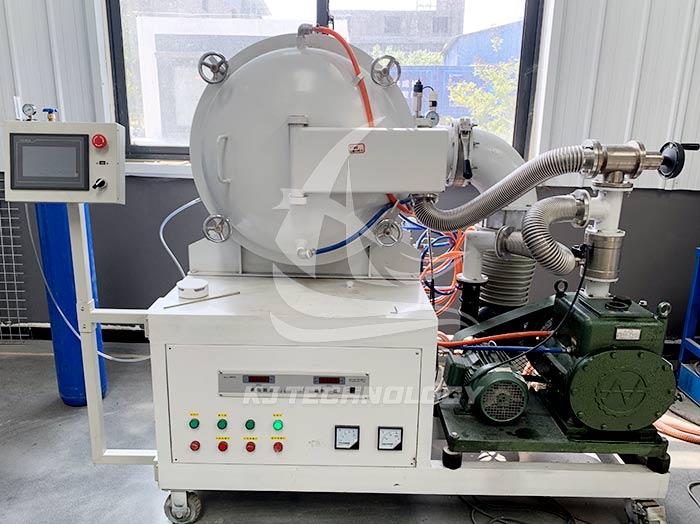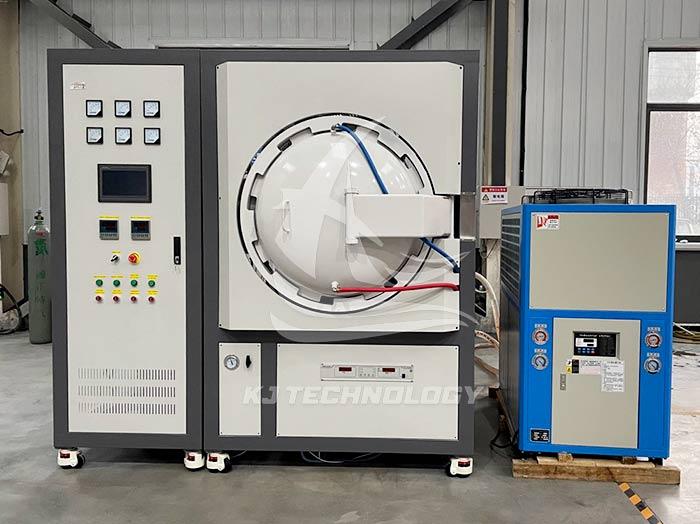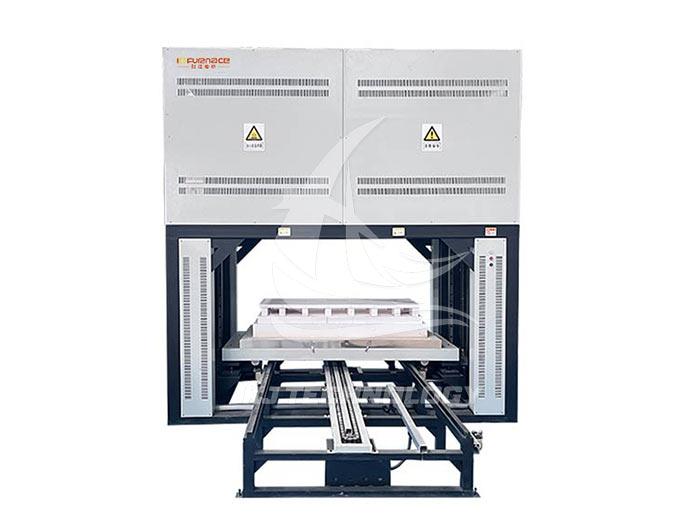Application of Vacuum Atmosphere Heat Treatment in the Battery Industry
 07-14-2025 Author: KJ technology
07-14-2025 Author: KJ technology
The application of vacuum atmosphere heat treatment furnace in the battery industry is extensive and critical, mainly reflected in the preparation of lithium battery materials, battery drying treatment, battery injection and packaging, fuel cell manufacturing, and battery recycling. The specific analysis is as follows:
1. Preparation of lithium battery materials: During the sintering process of lithium battery cathode materials (such as LiCoO ₂), a vacuum atmosphere furnace can improve the material capacity retention rate to 98%, increase annual production capacity by 30%, and reduce production costs by 25% by precisely controlling the oxygen content and temperature field. For example, the sintering resistance furnace of Henan Aofeida Instrument Equipment Co., Ltd. adopts advanced vacuum atmosphere control technology to ensure that the material avoids oxidation during high-temperature sintering, and improves conductivity and cycling stability.
2. Battery drying treatment: The production of lithium batteries requires a moisture content of less than 150mg/kg, and traditional atmospheric drying requires high temperatures above 130 ℃, which can easily lead to material performance degradation. The vacuum atmosphere furnace uses low-temperature (30-130 ℃) vacuum drying and utilizes a low-pressure environment to reduce the water evaporation temperature, reducing the moisture content of bare cells from 500-2000mg/kg to below 150mg/kg. The drying time is shortened to 6-12 hours, and the material uniformity is significantly improved.
3. Battery filling and packaging: In the manufacturing of sealed lead-acid power batteries, the vacuum atmosphere furnace achieves a quantitative accuracy of ± 1% for acid filling through a quantitative vacuum acid filling machine. At the same time, the vacuum environment is used to remove air inside the battery, ensuring that the electrolyte fully infiltrates the electrode material, reducing residual bubbles, and improving electrochemical performance and safety. The battery packaging process adopts vacuum sealing technology, which can prevent moisture and gas from entering, improve airtightness, and extend service life.
4. Fuel cell manufacturing: In the preparation of catalysts for proton exchange membrane fuel cells (PEMFC), a vacuum atmosphere furnace reduces Pt precursor to nanoparticles with a particle size distribution of 2-5nm through an H ₂ atmosphere (vacuum degree of 10 ⁻ Pa), significantly enhancing catalytic activity. For example, after adopting this technology, a certain enterprise reduced catalyst costs by 40% and increased battery conversion efficiency by 15%.
5. Battery recycling: The recycling of metals such as cobalt, nickel, and lithium from retired lithium batteries requires pyrolysis in a vacuum environment of 500-800 ℃. By precisely controlling the H ₂ flow rate and residence time, the electrode material and separator can be separated, and the metal recovery rate can reach over 95%. The continuous production line of vacuum atmosphere furnace can achieve a feed rate of 50-100kg/h, and is equipped with a condensing system to recover organic gases, reducing environmental costs.








